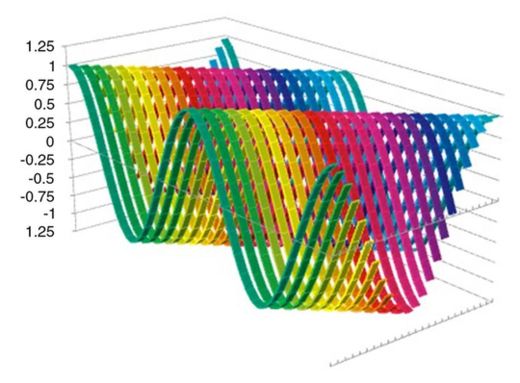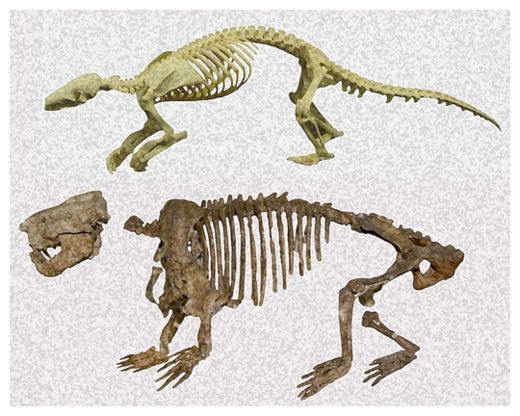A controversial paper questioning the 'Out of Africa' theory of human origins was recently published in the journal
Advances in Anthropology. There are quite a lot of references to the origins of humanity in the Cs transcripts, so that's what I want to discuss in this installment of the
Hit List series. I'll get to the paper in question a bit further on, but before I do, there's a bunch of background material to cover. The references from the Cs are given in a certain context and concern ideas and possibilities that probably won't make much sense without covering certain ground first. That said, there's way too much material to cover in one article, so I suggest checking out the books I'll be referencing and reading them in full if anything here strikes the reader's interest.
Pop culture has conveniently provided a starting point from which to take off on these topics. In June, Ridley Scott released the much-anticipated prequel of sorts to his blockbuster film,
Alien, titled
Prometheus. Leaving aside any discussion of the artistic merits of the film, it does cover some themes relevant to the subject at hand. The plot revolves around the idea that life on planet earth, and presumably other planets in the galaxy, was not a chance happening. In the film, a race of pale-skinned, muscular and hairless humanoids 'seeds' life on planets through acts of sacrifice. An 'engineer', as they're called in the film, gives his body to be broken down into its constituent parts, providing the source DNA from which life will take root. The human characters in the film fund a space mission to 'meet their makers' at a location indicated in ancient artwork found all over the world.
The film leaves the question of the ultimate origins of life open, allowing conventional evolutionary theories (i.e., neo-Darwinism) and so-called 'intelligent design' (or biogenetic engineering) to coexist as compatible options. In other words, the engineers 'intelligently' seeded life on earth, after which evolution took its natural course (with a possible 'tweak' here and there over the course of history), resulting in the wealth of DNA-based life forms that characterize our planet. The origin of the engineers is left untouched - a further mystery to be pondered.
Back in the real world, the fact of the matter is that no one knows how life actually started on planet earth. Let me repeat that:
no one knows. All we have are various theories, none of which has been scientifically demonstrated to have actually occurred. At best, most scientists will say it
must have occurred a certain way, simply because they have excluded other options as not worth considering. In fact, we may have a pretty good idea of some of the evolutionary mechanisms that have been in effect since the hypothetical first single-celled organism, but how that organism got there in the first place is a mystery, and open to speculation. Historically, there have been five or so categories under which various theories have been proposed. First, of course, there's
creationism: the idea that 'God' created all the forms of life in one way or another. Then there are the various theories of '
spontaneous abiogenesis'. This is the idea that somehow ordinary chemistry spontaneously resulted in the formation of primitive biological materials, which somehow acquired the ability to self-replicate and evolve all on their own, whether on crystals, or by some other mathematically improbable and as-yet-unobserved natural process.
Panspermia, popularized by scientists Sir Fred Hoyle and Chandra Wickramasinghe, is another option whereby organic materials are said to exist throughout the universe and are carried by cosmic wanderers like asteroids and meteoroids, to then be deposited on some lucky planet,
et voila! The fourth option,
directed panspermia, promoted by Francis Crick (co-discoverer of the DNA molecule), posits that life was deliberately seeded by an already existing intelligent race somewhere in the galaxy. As in
Prometheus, that leaves open the question as to their
own origin.


